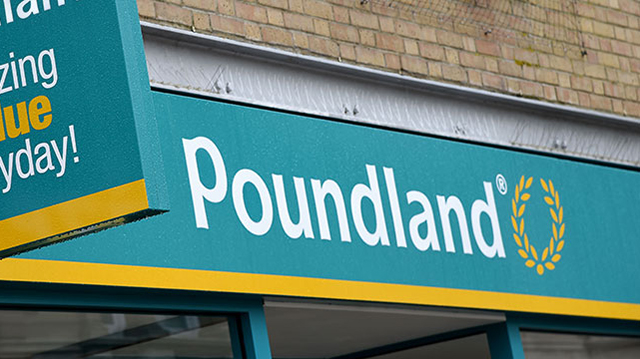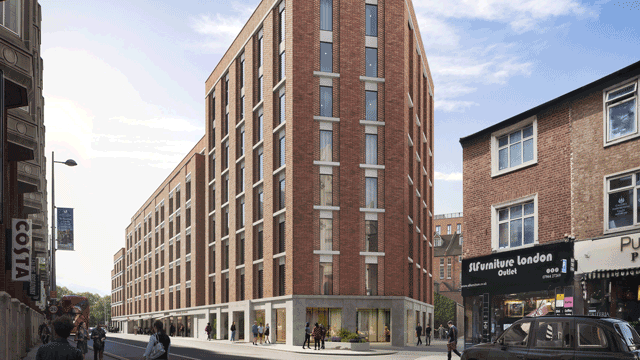COMMENT Providing more affordable housing is one of the most critical issues of our time. We can all reel off the numbers required to meet the needs of our growing cities and our economically challenged towns and villages.
In the race to deliver the numbers though, we are in danger of losing sight of the need to consider the quality of what we build – housing that is beautiful, sustainable, thoughtfully planned and community focused – and the real needs of the people who will live there.
In 1979, the first Thatcher government delivered a radical step-change in the way affordable housing was delivered – a policy that hasn’t changed in any significant way since. For 40 years we have been flailing around trying to understand how to ensure consistency of supply when that supply is delivered primarily from an unpredictable, cyclical private sector.
Did it really not occur to the free-marketeers that a steady and sufficient supply of affordable housing was only as reliable as the pipeline of private provision that funded and delivered it? The economic turbulence of the past decade has shown how flawed that model was – in a downturn, when we need genuinely affordable housing more than ever, the mechanism for providing it is inherently compromised.
In recent years, the change in the status and funding of housing associations – again driven by government policy that says public money shouldn’t be deployed to deliver social housing – and the rules governing what local authorities can do with receipts from Right To Buy have driven on-the-ground responses.
The establishment of arms-length development companies has been one of the more innovative ways local authorities have found to address restrictive government policy.
By seeking a more modest and realistic return on cost than a traditional private sector housebuilder, Croydon’s Brick by Brick has been able to deliver much higher levels of affordable housing than profit-driven private sector developers while still delivering best value for public land, borrowing at commercial rates (openly using local authorities’ capacity to fund) and complying transparently with planning policy.
Focus on quality
And this is where the opportunity for a focus on quality lies. It stands to reason that a company set up by a parent local authority will have at the heart of its very existence a set of values that is focused on serving its community. Its pride in its work comes directly from its ability to provide for the people in its council’s care and its inherent understanding of the place in which it builds.
Inevitably this also puts it in the firing line. Development will never be uncontroversial and it’s often convenient for local authorities to allow private sector developers to be the bogeymen in delivering the housing communities need but which inevitably causes controversy. There is something right, though, about a local authority – even at arm’s length – being in the driving seat of the vehicle that delivers the future of its communities, however controversial.
At a time when resources in local authority planning departments are more challenged than they have ever been (if financial constraints mean you have to choose between social carers and planners, I know who is going to lose) it’s important that local authorities find other ways of maintaining control of housing provision and community development.
Sense of social purpose
In the people I have met at Brick by Brick – and other local authority development companies in London – I have found a sense of social purpose that is energising. It feels to me that they are capable of doing something practical for their communities instead of just struggling to apply policy to development by much better funded, private sector developers.
This is not to say that I have a problem per se with private sector developers – after all, it’s what they’re in business to be. My problem is that we are expected to rely on them to deliver the vast majority of the affordable housing the country needs. It’s not sustainable and continuing to believe it is means we will never deliver the genuinely affordable homes that communities desperately need.
Companies like Brick by Brick are providing a new model for the delivery of affordable homes that puts thoughtful design, high-quality buildings, carefully considered planning and strong community engagement at the centre of the development process. Government policymakers should spend more time studying what’s going on there – something positive might rub off.











